I am dealing with an audio file that shows sudden spikes:
When I try to normalize the audio file, the audio program sees this spike, notices that it is at 0 dB and won't normalize the audio any more.
To solve this issue, I have applied a Limiter that limits to -3 dB. I have used both Steinberg Wavelab and Audacity Hard Limiter. Instead, they both diminish the entire audio volume.
Both do not eliminate this spike.
Edit: I have found out that "Hard Clip" in Audacity does what I need, but now I still want to finish my own approach.
So I was thinking that they perhaps do not work correctly.
Then I tried to write my own limiter in VB6 in order to have full control over what's happening.
To do that, I'm loading the audio data of a wav file like this:
(I have stripped the process down very much)
Dim nSamples() As Integer
ReDim nSamples(0 To (lCountSamples - 1))
Get #iFile, , nSamples
I have the audio data in "nSamples" now.
Dim i&
For i = 1 To UBound(nSamples)
Dim dblAmplitude As Double
dblAmplitude = nSamples(i) / 32767
Dim db As Double
db = 20 * Log10(dblAmplitude)
If db > -0.3 Then
nSamples(i)=0 'how would I lower the volume here instead of just setting it to 0???
End If
Next
I'm not sure how I could calculate the dB from the sample data in order to clip it and how to clip it to -3dB.
I have now simply tried it with settings the clipping value to "0".
However, something strange happens here: The lower part of the audio is gone:
I expected that setting a value to 0 would mute the audio, but in my case, the lower wav form is gone.
What is wrong about my approach?
Thank you!

